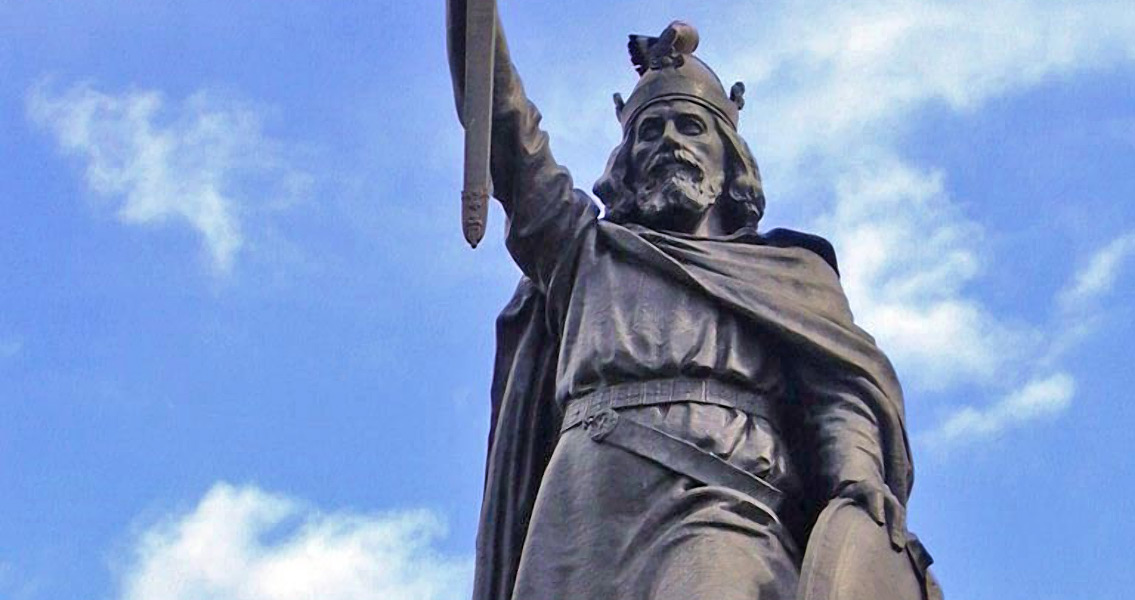<![CDATA[A hoard of silver artifacts dating to the latter days of the ninth century – the time of Alfred the Great – has been discovered by a metal detectorist in Oxfordshire. Judging by the dates on the coins found within the hoard, the exact date the silver was buried is likely to be close to the end of the 870s. The treasure might have even been secreted away by a Norseman who had seen the writing on the wall after the Battle of Edington, the clash in 878 that saw Alfred the Great, the Anglo-Saxon king of Wessex, triumph over the Danes. The hoard itself contains more than 180 pieces of silver coins, some of which have been found to be in quite good condition, in addition to silver ingots, arm rings, and even some pieces of scrap gold, making it highly valuable to both the farmer who owns the land the treasure trove was found on, and the retired 60 year old hobbyist who used his metal detector to discover the coins. Jim Mather, the metal detectorist, spoke to the Guardian in an interview, remarking his children had never been all that interested in what he does in his spare time. However, that all changed with this massive, historic find: “they’re impressed now”, Mather said. With some of the coins worth as much as £2,500 each – or possibly more – there’s quite a good reason to be impressed. The coins were struck not just by King Alfred but by Ceolwulf II, the king of nearby Mercia and one-time ally of Alfred, at least until Mercia was annexed by Wessex despite the important role the Mercian king had played in Alfred’s ability to stop the spread of the Vikings and halt the Danelaw from swallowing up the entirety of England. According to the British Museum’s curator of early medieval coinage, Gareth Williams, the hoard is certainly atypical. The evidence it uncovers about a time in British history that suffers from a lack of clarity, is noteworthy – especially the fact that the gold, which had been scrapped and broken up piecemeal to serve as currency, has the earmarks of a gold standard in its infancy. Additionally, the coins tell the tale of the short-lived alliance between Alfred and Ceolwulf. The latter mysteriously disappeared – and with history written by the victors, there’s little to be found about Ceolwulf that survived Alfred the Great’s reign. Williams likened it to the infamous way Josef Stalin dealt with Leon Trotsky. Working on the hoard was a joyous occasion, according to British Museum conservator Pippa Pierce. It was wheeled into the museum in a suitcase by local portable antiquities scheme officer David Williams, something that the authorities of the museum were less than enthusiastic about, even after learning that the suitcase contained a priceless historical artifact. Many of the silver coins in the hoard turned out to be so thin that Pearce found it impossible to handle them by their edges. Image courtesy of Wikimedia Commons user: Odejea]]>
Alfred the Great-era Hoard of Silver Artifacts Uncovered
